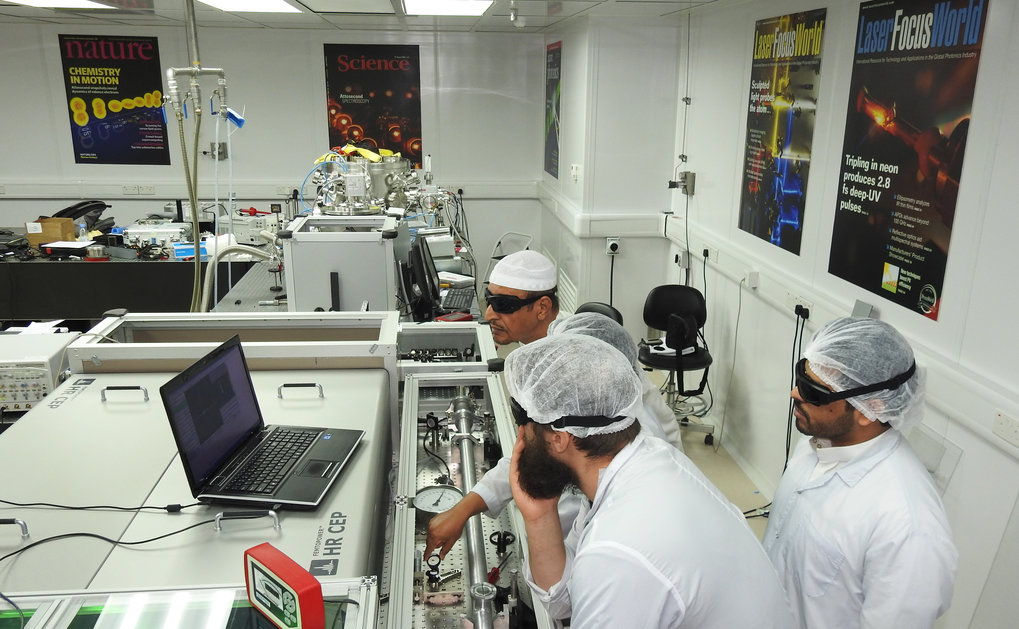A team of Chinese researchers created a photonic computer that was able to solve the subset sum NP-complete problem.
The subset sum problem is a typical NP-complete problem that bogs down conventional computers. This problem can be formulated as follows: given the integers or natural numbers w(1)… w(n), does any subset of them sum to precisely W?
To solve the problem using a photonic computer, the researchers mapped it into a 3-D waveguide network etched onto glass using a femtosecond laser. Photons were then allowed to dissipate into the network in search of a solution in parallel. This allowed the researchers to try different combinations at the same time rather than grinding through them all, as is done with a conventional computer. Not only did the approach work, it was able to do so faster than a supercomputer. It demonstrated that photonic computers are capable of solving such problems and are scalable, as well.
The paper has been published in Science Advance. (Phys.org)

